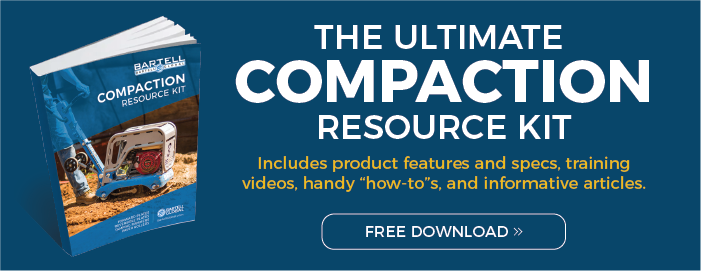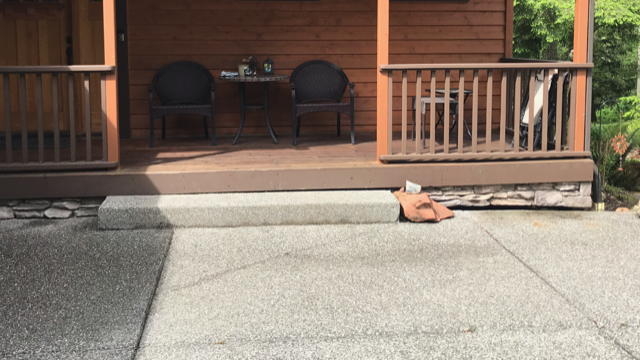
With regards to our topic, what is wrong with this picture? well, we have all walked onto a slab of concrete or seen a foundation that has failed. possibly, like the one seen in this picture, notice the gap between the concrete slab and rock on the right side as well as the step and the cedar band of this house, notice how the step is actually lifting a little off the slab on the left side. Many years ago this slab touched the rock as it still does on the left side. But, unfortunately, the compaction of the soil prior to the placement of the slab was not done, at least not correctly, resulting in the failure seen here.
As this example shows, soil compaction is a critical part of site work in preparation for concrete placement. Compression achieves basically four important results.
■ Increases load-bearing capacity
■ Provides stability and prevents frost damage
■ Reduces water seepage, swelling and contraction
■ Reduces settling of soil
With this in mind, let’s take a few minutes and talk about the kinds of soils commonly being compacted as well as their characteristics and the appropriateness of certain soils to be used as a substrate of a concrete slab or footings. This is important as different types of soils influence their compaction characteristics.
Soil is actually categorized into fifteen groups and that becomes very confusing and unnecessarily specific as it relates to our discussion on compacting soil in preparation for pouring slabs and foundations. So for this topic soils that are commonly see on job-sites are reduced to just three basic categories that we readily recognize. It is interesting at this point to note here that soils found in nature are usually not completely made up of one type but are almost always a mix of soil that consists of a wide range of particle sizes with the smaller particles filling voids between larger particles that result in a dense structure that lends itself well to compaction. The three that we can discuss are.
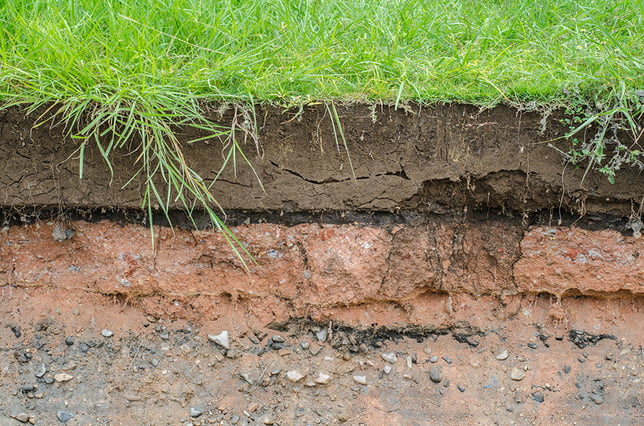
Organic or Topsoil
we readily see this on job-sites but because they are NEVER acceptable to pour a slab over, we can dismiss it outright as material that must be removed prior to compacting acceptable soilCohesive Soil
- this is soil consisting of clay, silt, very fine particulates. Often times the “dirt” you find under topsoil. Cohesive soils contain a high degree of air pockets that must be removed.
Granular soils - are a mix of rock, sand and finer particulates that can range up to 1.5 inches.
COHESIVE SOIL,
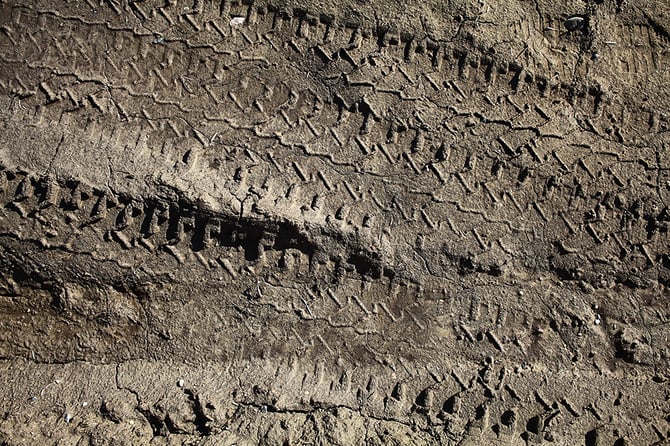
Cohesive soils are dense with very fine particulates (.00004” - .003”)and tightly bound together. They are malleable when wet and can be molded but become very hard when dry. The correct water content with an even distribution is critical for proper compaction. Water acts as a lubricant, too little and the particles cannot move around efficiently to achieve correct compaction. Too much water is even worse as it leaves water filled voids that weaken its ability to support load. So it is important to find that “sweet spot” one quick way to get a good idea if your cohesive soil has the correct amount of moisture is to take a handful and squeeze it together, does it not retain its shape, crumbles when released? If so, it is too dry. Or does it slump when released? It is too wet. But does it hold its shape? Then you have the correct amount of moisture . Cohesive soils usually respond well to a force such as the impact with a rammer or “jumping-jack” compactor to achieve acceptable compression. Silt has a noticeably lower cohesion ability than clay. However, silt is still heavily reliant on water content. How do you know for sure if your soil is Cohesive? Here are a few things to look for.
- Individual grains cannot be seen with the naked eye.
- Malleable, sticky, you can mold it and it will retain its shape.
- Dries very hard, and is hard to crumble
- resist soaking in water.
GRANULAR SOIL,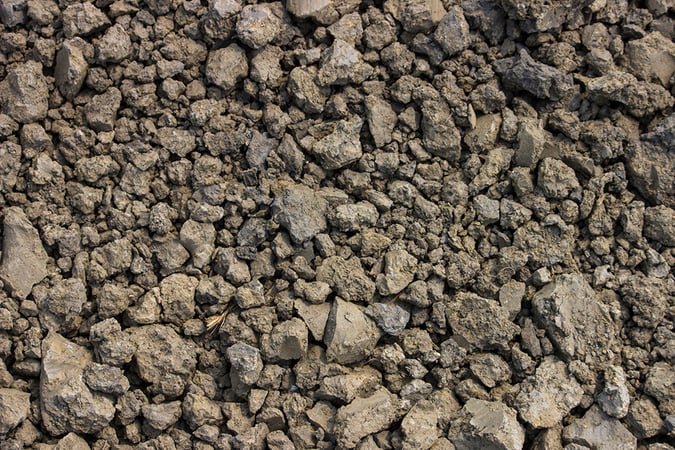
Unlike Cohesive soil, Granular soil has no or very little cohesive strength. if you hold a clump of granular soil together, it will fall apart when released. though granular soil compacts very well. obtaining maximum density in either a fully dry or saturated state. Testing curves are relatively flat so compaction density can be obtained regardless of water content. Granular soils are known for their water draining properties as well, which are very important to achieve a compacted, stable base for the life of the structure.
When compacting granular soil, you find that a compaction plate, both forward as well as reversible plates are suited. When using a compaction plate, it moves the smaller sized grains around and locks them into place resulting in a very compacted surface that still allows water migration. How do you know if your soil is Granular? Look for these attributes.
- Coarse grains are visible, you see small rocks, sand, and clearly gritty material. Material ranges from .003” – 1.5”
- When moist it has very little to no cohesion.
- When dry has little to no cohesion and crumbles easily.
- If mixed with water, it will mix but immediately separate when left at rest.
both Cohesive soils and Granular soils when compacted with the correct equipment make fine bases for placement of concrete with the expectation of many years without failure.
EXPANSIVE SOILS,
I thought I would throw this in just to give a more rounded view of soil types and how they affect concrete placement, while not relay related to compaction, (in fact the opposite) another type of soil to be aware of that really impacts foundations, slabs and even roads. and that is expansive soil (clay), soil that as it's name implies expands when hydrated and shrinks when dry, these soils can be found in most states and Canada, it mostly is found in the gulf states, mid west and parts of California, Arizona and Colorado. these soils actually heave up damaging homes, slabs and roads. when building in these areas contractors must take remediation measures to deal with this really big problem. how big of a problem is expansive soil damage here in the US? it is estimated that damage costs in the US run well over 2.5 and some say up to 7 billion dollars every year! so, definitely something to keep in mind when prepping for a concrete slab,
click here for more information on the "Do's & Don'ts" when compacting
JUST A FOOTNOTE,
While both soils are acceptable, it is my opinion that a nice bed of granular soil (crushed rock) is best for a couple reasons.
- Concrete is porous, it absorbs moisture so placing concrete over a bed of Granular soil allows drainage from under your slab. this is because water migrates easily through Granular soil it reduces the possibility of water pooling and if you want to really keep the moisture out, add a vapor barrier between the crushed rock (Granular soil) and your slab.
- While pouring over correctly prepared Cohesive soil is acceptable you still could possibly under challenging conditions like excessive water infiltration get ground erosion and spot settling causing excessive cracking and potential for additional moisture migration through the slab. I just feel that for the minimal cost and labor it is money well spent.
In conclusion, knowing a little about soils, their different characteristics, compaction and water drainage and then applying this information to your site preparation makes the difference between an expensive failure and a slab that will last for many, many years.

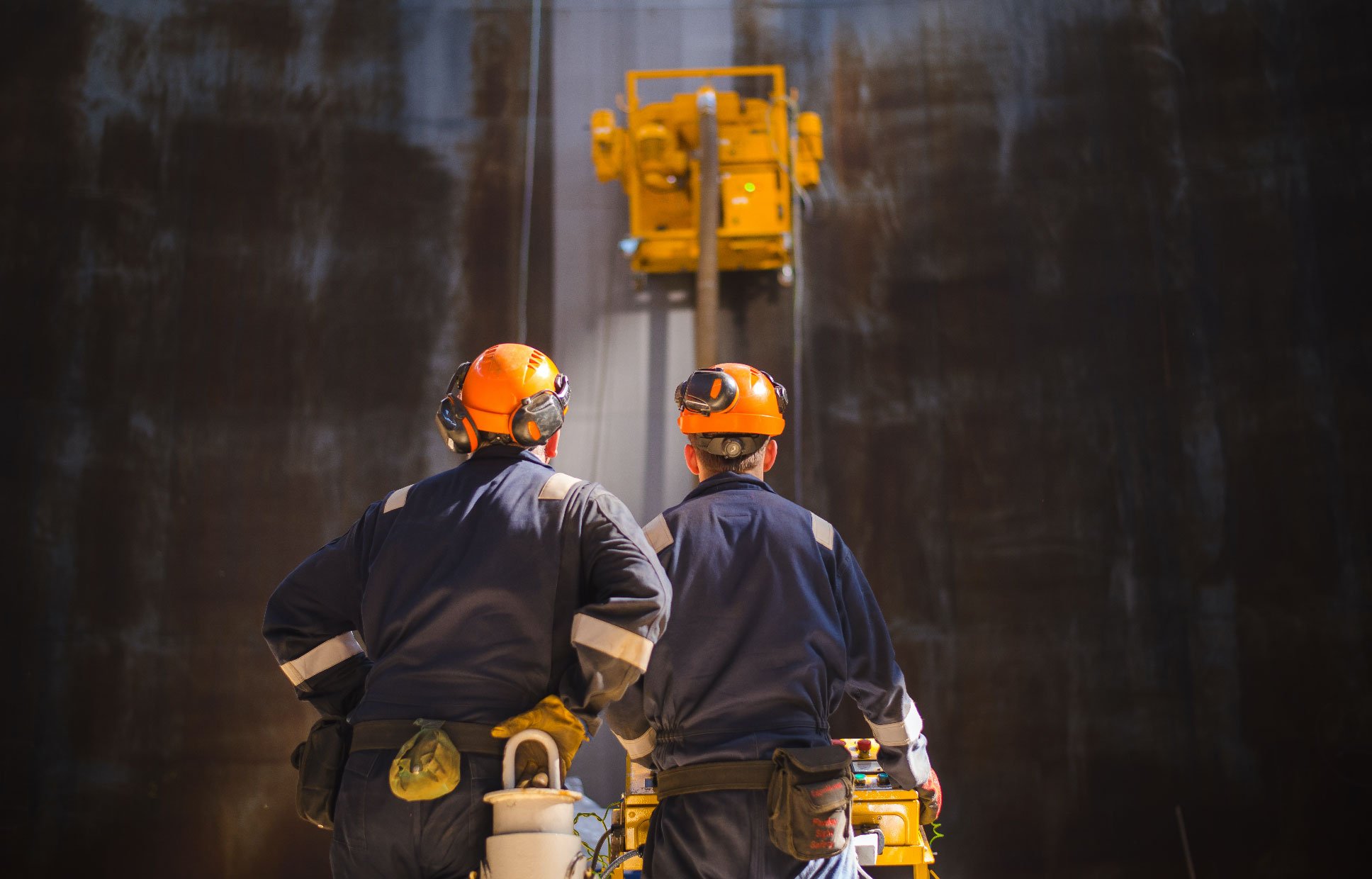
 By
By 